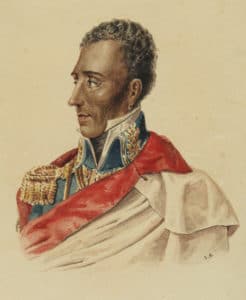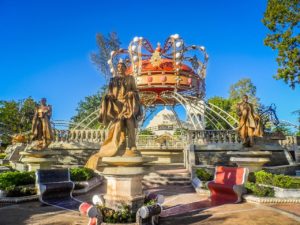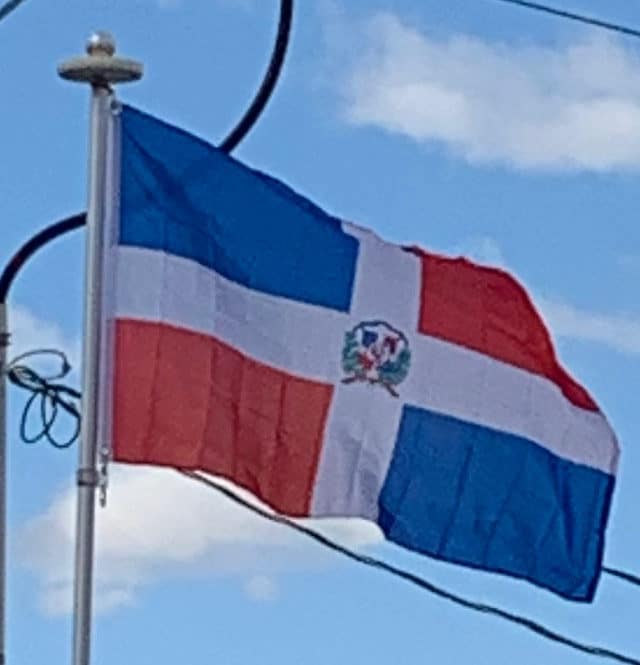As Toussaint Louverture had done two decades earlier, the Haitians abolished slavery. In order to raise funds for the huge indemnity of 150 million francs that Haiti agreed to pay the former French colonists, and which was subsequently lowered to 60 million francs, the Haitian government imposed heavy taxes on the Dominicans. Since Haiti was unable to adequately provision its army, the occupying forces largely survived by commandeering or confiscating food and supplies at gunpoint. Attempts to redistribute land conflicted with the system of communal land tenure (terrenos comuneros), which had arisen with the ranching economy, and some people resented being forced to grow cash crops under Boyer and Joseph Balthazar Inginac’s Code Rural. In the rural and rugged mountainous areas, the Haitian administration was usually too inefficient to enforce its own laws. It was in the city of Santo Domingo that the effects of the occupation were most acutely felt, and it was there that the movement for independence originated.

Haiti’s constitution forbade white elites from owning land, and Dominican major landowning families were forcibly deprived of their properties. Many emigrated to Cuba, Puerto Rico (these two being Spanish possessions at the time), or Gran Colombia, usually with the encouragement of Haitian officials who acquired their lands. The Haitians associated the Roman Catholic Church with the French slave-masters who had exploited them before independence and confiscated all church property, deported all foreign clergy, and severed the ties of the remaining clergy to the Vatican.
All levels of education collapsed; the university was shut down, as it was starved both of resources and students, with young Dominican men from 16 to 25 years old being drafted into the Haitian army. Boyer’s occupation troops, who were largely Dominicans, were unpaid and had to “forage and sack” from Dominican civilians. Haiti imposed a “heavy tribute” on the Dominican people.
Many whites fled Santo Domingo for Puerto Rico and Cuba (both still under Spanish rule), Venezuela, and elsewhere. In the end, the economy faltered and taxation became more onerous. Rebellions occurred even by Dominican freedmen, while Dominicans and Haitians worked together to oust Boyer from power. Anti-Haitian movements of several kinds – pro-independence, pro-Spanish, pro-French, pro-British, pro-United States – gathered force following the overthrow of Boyer in 1843.
Dominican War of Independence (1844):
In 1838, Juan Pablo Duarte founded a secret society called La Trinitaria, which sought the complete independence of Santo Domingo without any foreign intervention. Also Francisco del Rosario Sánchez and Ramon Matias Mella, despite not being among the founding members of La Trinitaria, were decisive in the fight for independence. Duarte, Mella, and Sánchez are considered the three Founding Fathers of the Dominican Republic.

The Trinitarios took advantage of a Haitian rebellion against the dictator Jean-Pierre Boyer. They rose up on January 27, 1843, ostensibly in support of the Haitian Charles Hérard who was challenging Boyer for the control of Haiti. However, the movement soon discarded its pretext of support for Hérard and now championed Dominican independence. After overthrowing Boyer, Hérard executed some Dominicans, and threw many others into prison; Duarte escaped. After subduing the Dominicans, Hérard, a mulatto, faced a rebellion by blacks in Port-au-Prince. Haiti had formed two regiments composed of Dominicans from the city of Santo Domingo; these were used by Hérard to suppress the uprising.
